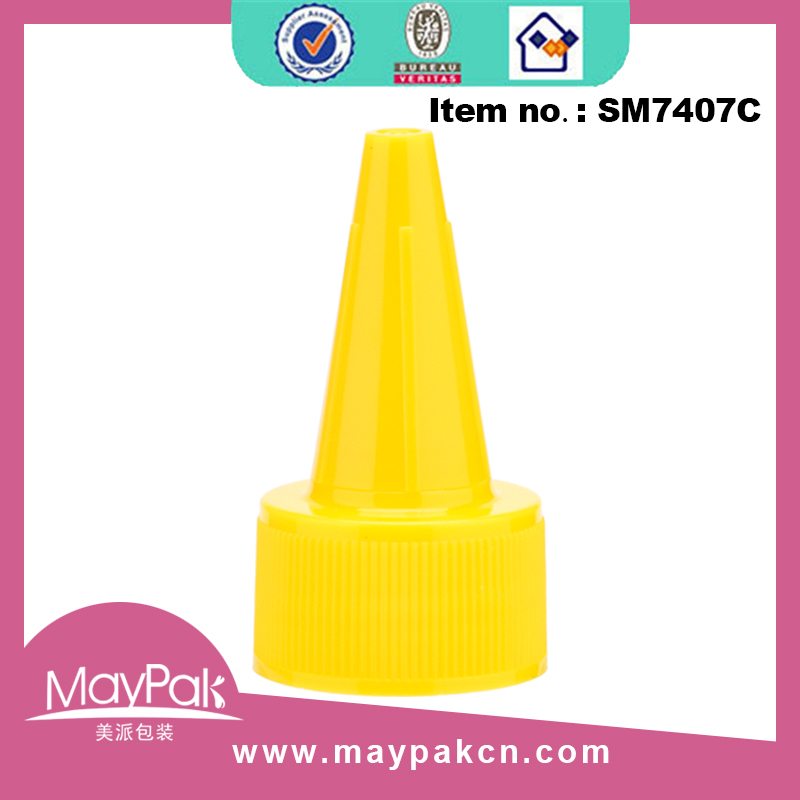Parylene is the trade name for a variety of chemical vapor deposited poly(p-xylylene) polymers used as moisture and dielectric barriers. Among them, Parylene C is the most popular due to its combination of barrier properties, cost, and other processing advantages.
Parylene is green polymer chemistry. It is self-initiated (no initiator needed) and un-terminated (no termination group needed) with no solvent or catalyst required. The commonly used precursor,paracyclophane, yields 100% monomer above 550 °C in vacuum and does not yield any by-products (Gorham Process). There is very little concern that parylene N will be ‘over-cracked’, meaning paracyclophane is converted to p-xylylene cleanly with no side-reactions occurring. However, the same cannot be said for parylene C. The aryl-chlorine bond in dichloro paracyclophane readily breaks at 680 °C (standard pyrolysis temperature); and therefore it is desirable to optimize each parylene tool in terms of its pyrolysis temperature using a mass spectrometer.
There are alternative precursors to arrive at the parylene polymers, which possess leaving groups, the most popular using bromine to yield the parylene AF-4 polymer.However, bromine is corrosive towards most metals and metal alloys and Viton O-rings so it is difficult to work with and precautions are needed. More recently, a liquid precursor route was developed yielding parylene N using methoxy leaving group.Although paracyclophane is already inexpensive, this precursor is much less expensive and it can delivered reliably using a mass-flow controller (MFC), a huge advantage for process control, which has been lacking for years with the standard Gorham process.
